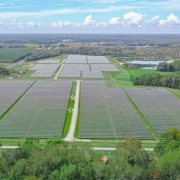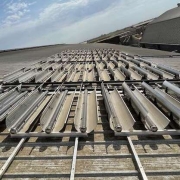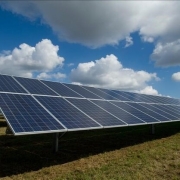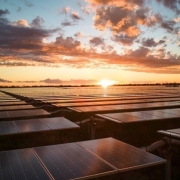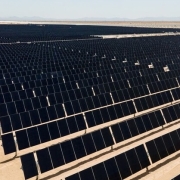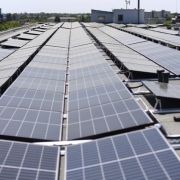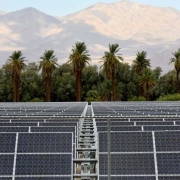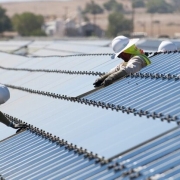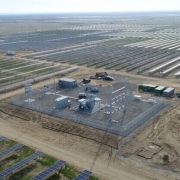Nearly two-thirds of US generating capacity additions in the next three years will be fulfilled by solar, with the technology’s share of power generation in the country set to almost double, according to a report from the Federal Energy Regulatory Commission (FERC).
FERC’s latest Energy Infrastructure Update said that just over 72.8GW of solar is expected to be added from December 2022 until November 2025. By this prediction, total US solar capacity would increase from 78.8GW to 151.6GW, a near-double increase. The figures account for utility-scale “high probability” projects and do not include distributed capacity.
In addition to the “high probability” project forecast, FERC published data showing “all additions” that could possibly be installed through November 2025. This scenario presents a potential 201GW three-year solar pipeline, encompassing the maximum possible additions based on all proposed or potential projects.
Click here to read the full article
Source: PV Tech
—
If you have any questions or thoughts about the topic, feel free to contact us here or leave a comment below.

